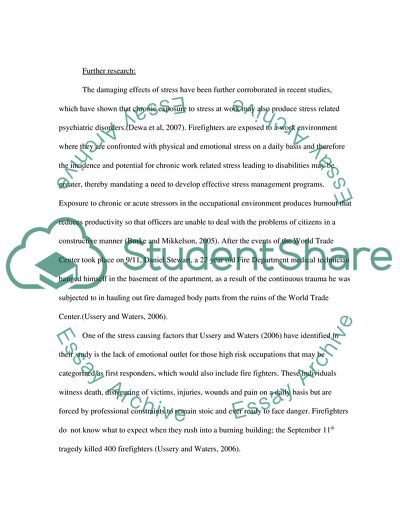Cite this document
(Creating Stress Management Programs For Firefighters Essay, n.d.)
Creating Stress Management Programs For Firefighters Essay. https://studentshare.org/psychology/1708230-creating-stress-management-programs-for-firefighters
Creating Stress Management Programs For Firefighters Essay. https://studentshare.org/psychology/1708230-creating-stress-management-programs-for-firefighters
(Creating Stress Management Programs For Firefighters Essay)
Creating Stress Management Programs For Firefighters Essay. https://studentshare.org/psychology/1708230-creating-stress-management-programs-for-firefighters.
Creating Stress Management Programs For Firefighters Essay. https://studentshare.org/psychology/1708230-creating-stress-management-programs-for-firefighters.
“Creating Stress Management Programs For Firefighters Essay”. https://studentshare.org/psychology/1708230-creating-stress-management-programs-for-firefighters.


